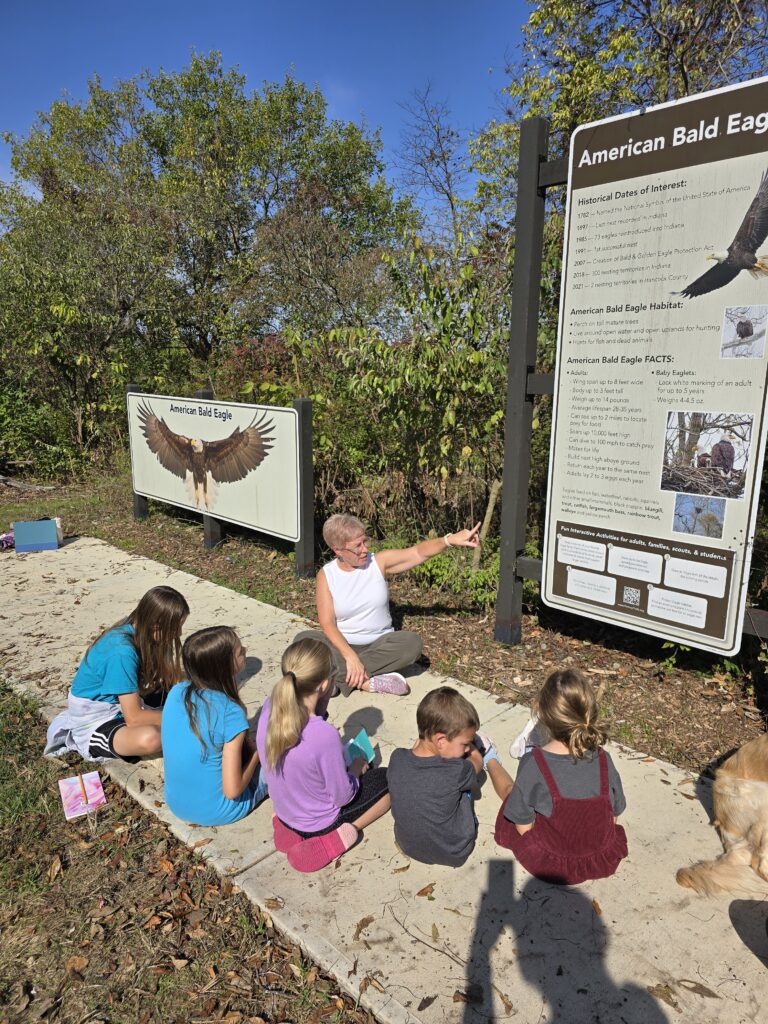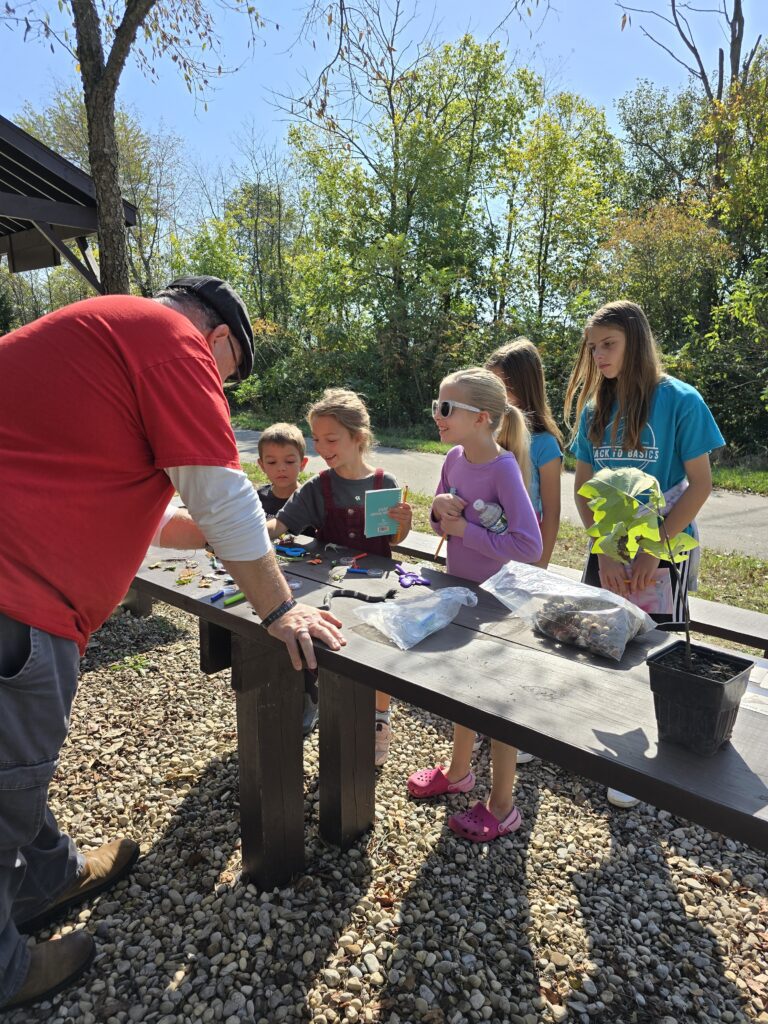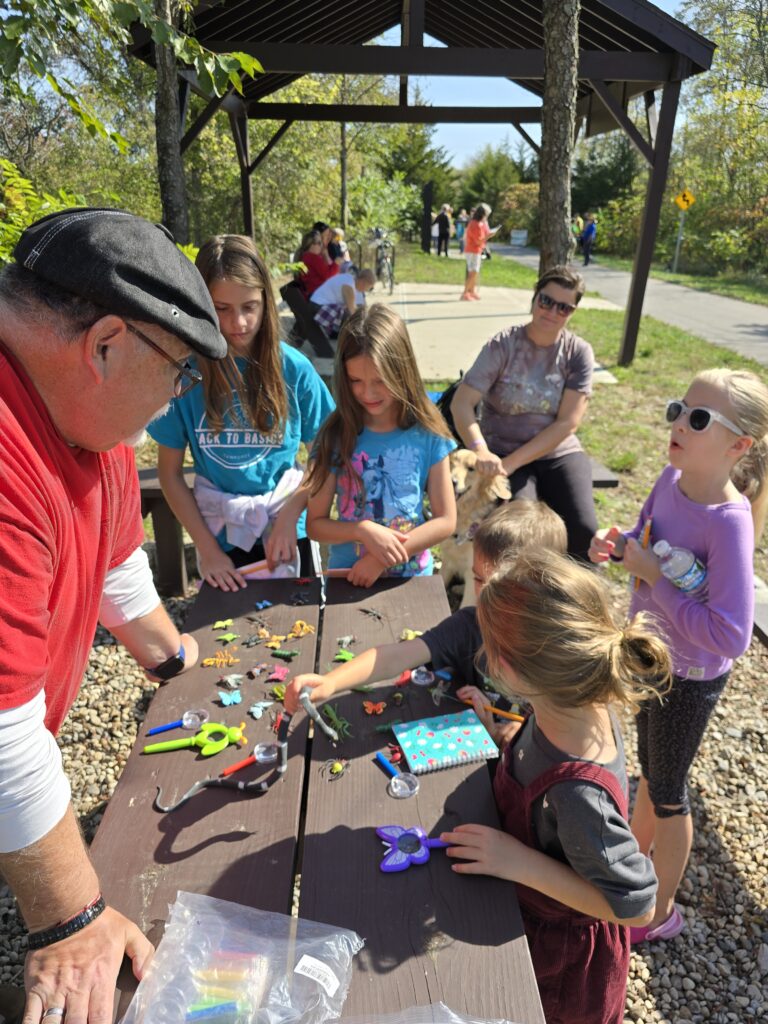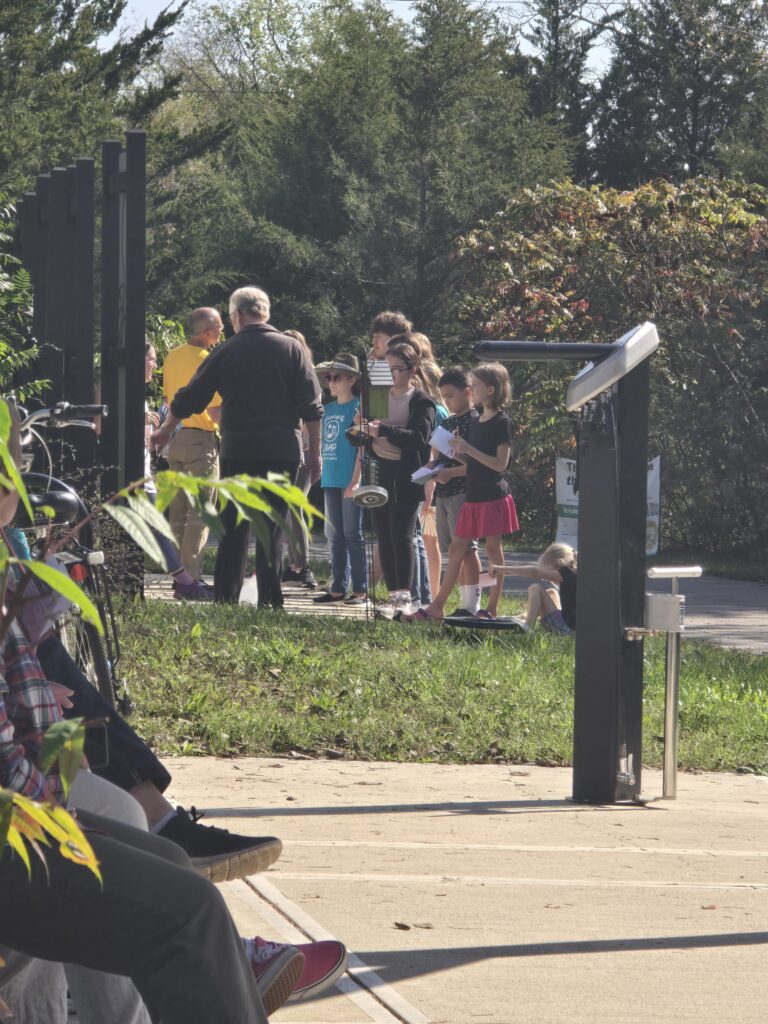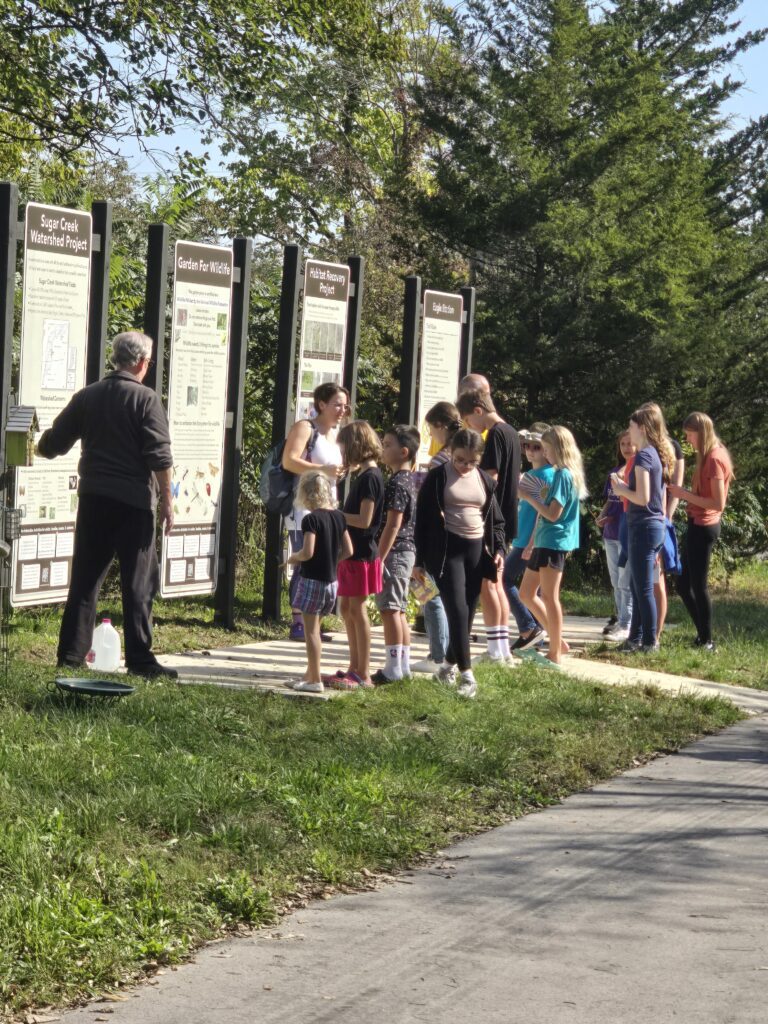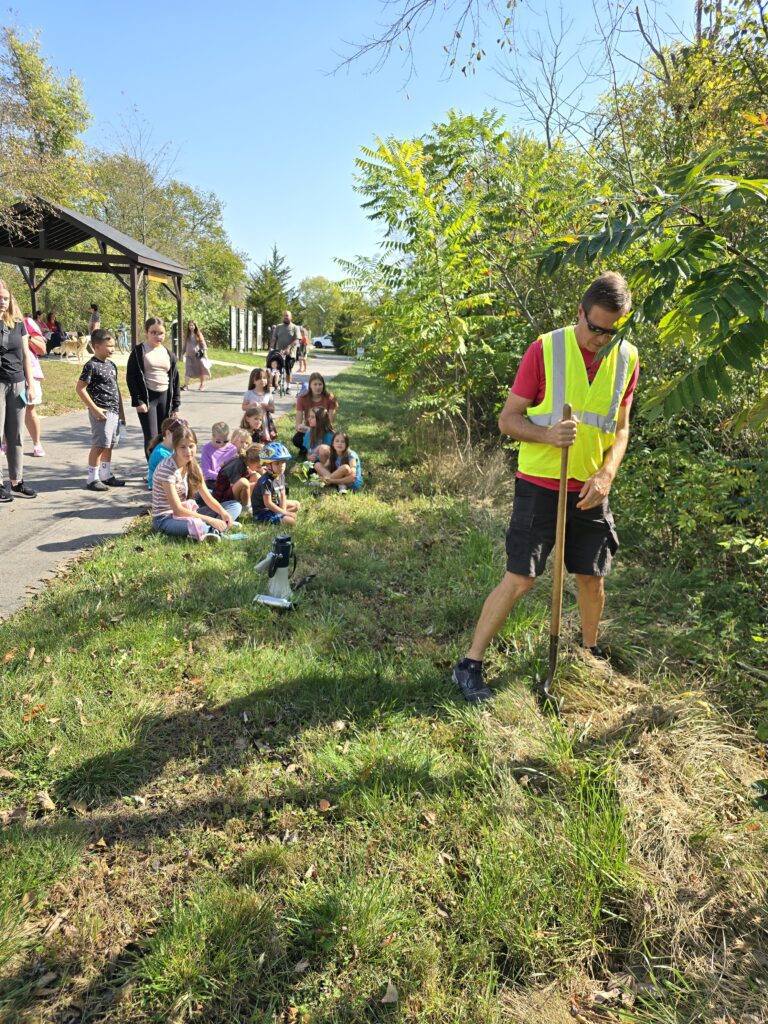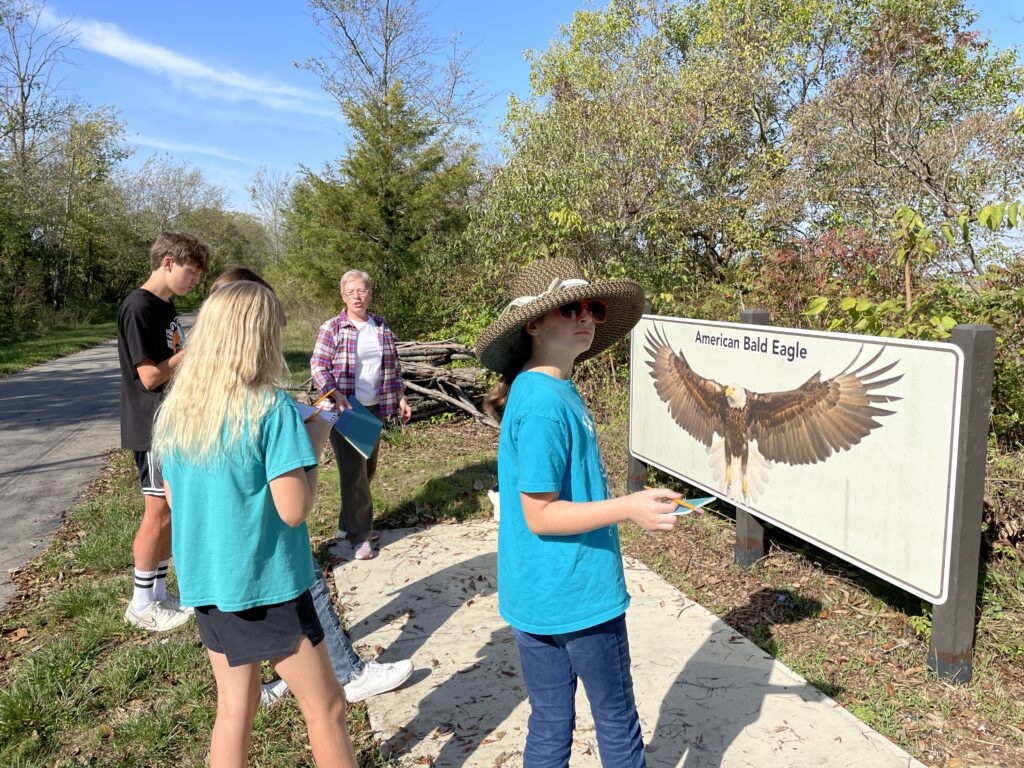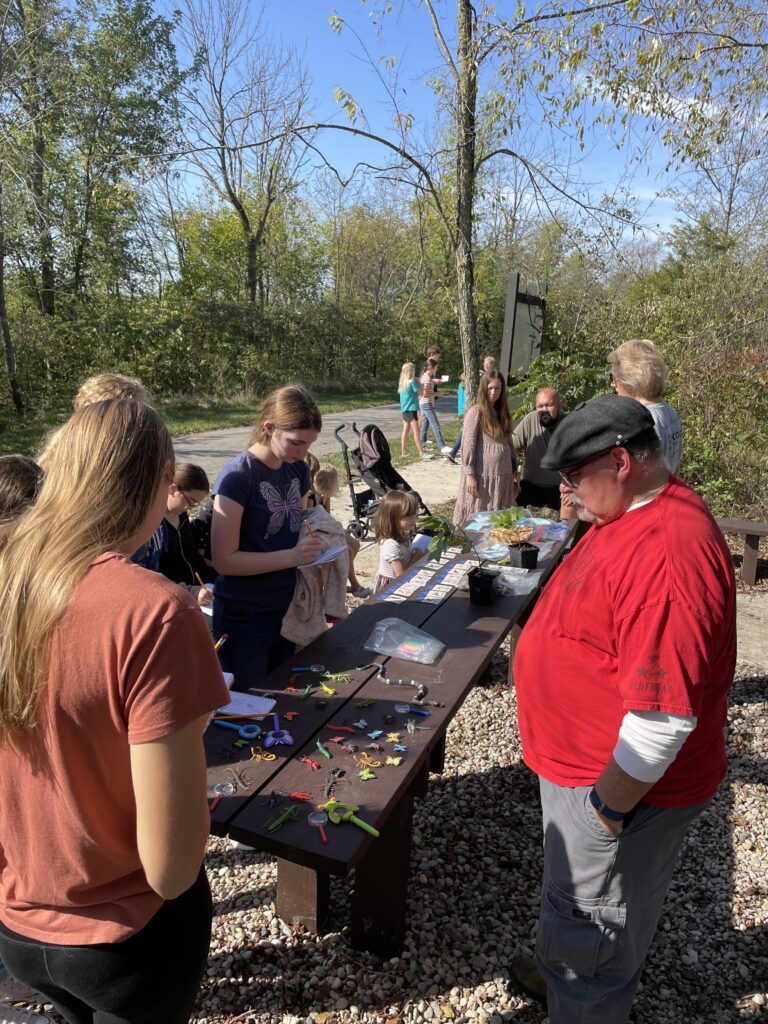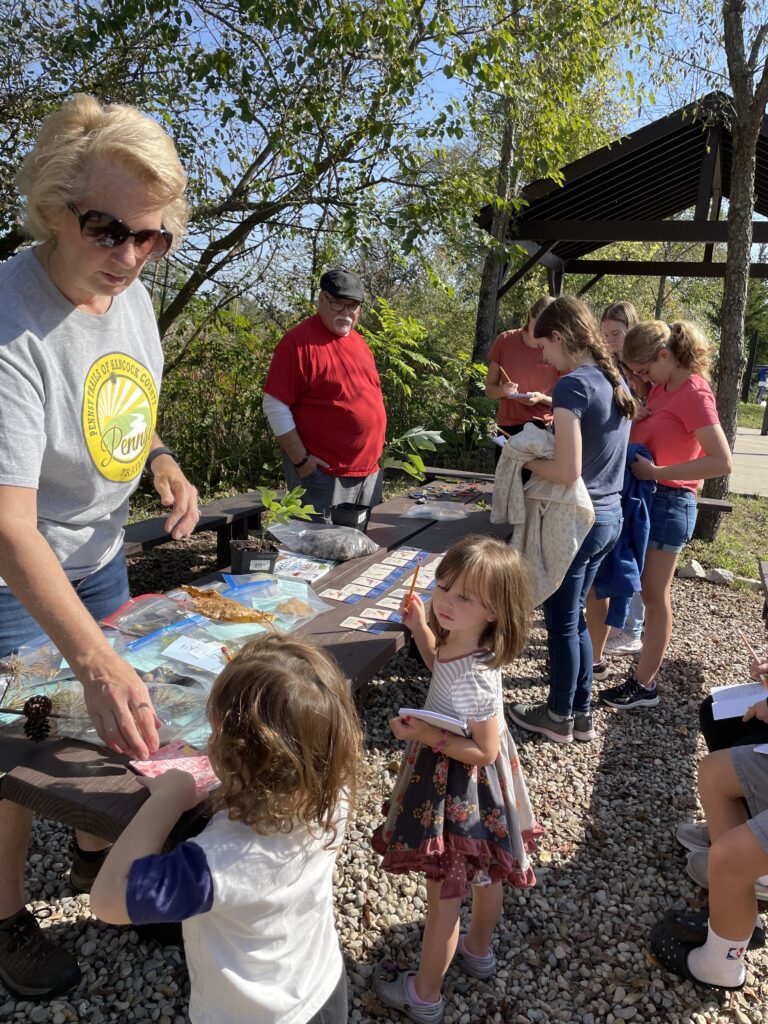Copyright 2023
Pennsy Trail
Website Design by LaunchPointe Marketing
Get kids out of doors to explore and record nature- see photos below of youth enjoying this space & activities
Educate children and families about the need to protect and restore natural habitat and why.
Educate children and families about changes they can make to them own practices at home to safeguard our water supply.
Educate children and families about endangered plants, wildlife, and insects and why it is important to protect them and increase their numbers.
Arrange onsite date by sending us email to secure your day is available at PennsyTrails@gmail.com
Gather supplies- recommend 1 journal and 1 pencil for each student- Dollar Stores have for less than $2. Inform students there are 5 activities on each of 4 signs to be completed in their group. An adult should be at each station for student support.
When arrive- separate youth into 5 groups- one for each station. Each station can be done by youth in about 15-20 minutes. Total onsite time 90-120 minutes.
Please send us your review and photos to share on our Facebook page. Send to PennsyTrails@gmail.com
American Bald Eagle (with a full-full size American Bald Eagle pictured) with example activities below:
Keep a journal of your favorite Eagle facts. Plant native plants in your yard to provide food for birds, small mammals & insects that support larger wildlife
Stand up to the Eagle, spread your arms out and compare to you your size
Draw an Eagle with all the details. Use coloring pencils.
On a map, identify a distance of 2 miles and 10,000 feet.
Protect Eagle Habitat. Find an acorn and plant it to provide a massive oak tree for an eagle nest.
Garden for Wildlife with example activities below:
1. Create a wildlife journal. Discuss what is an ecosystem. Describe the weather today. Tell how this ecosystem needs our help to maintain the habitat for wildlife to survive.
2. Explore your senses. What do you see? What do you hear with your eyes closed? Find patterns in the tree bark, leaves & plants. Compare the colors, shapes, size and odors.
3. Create your own backyard habitat or ecosystem. Journal the items that would need to be included. Write a statement for your planned project on how this will change your current ecosystem. Certify your new space at https://www.nwf.org
4. Observe the living and nonliving parts of the ecosystem. Choose two that are very different from one another. Stay for at least 20 minutes to observe what occurs at each site.
5. In the 4 square yard study area; Count the number of wildlife found. Observe what supports a healthy habitat and record your findings in your journal.
Habitat Recovery Project with example activities below:
